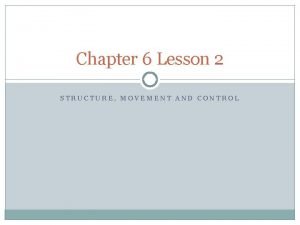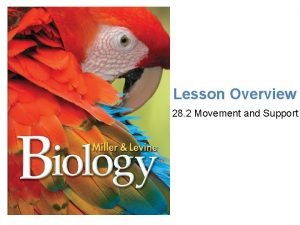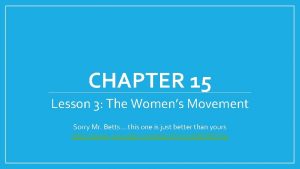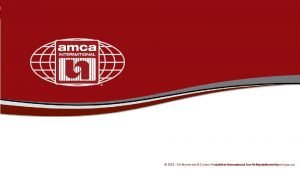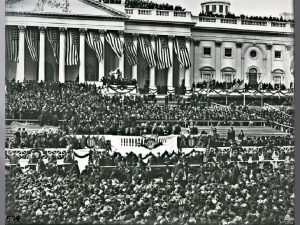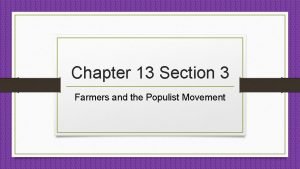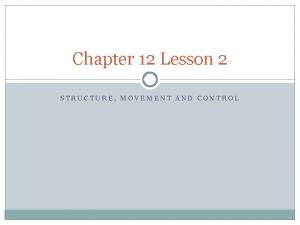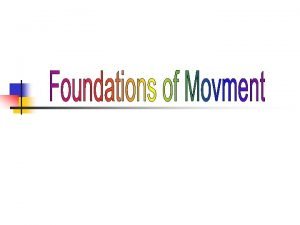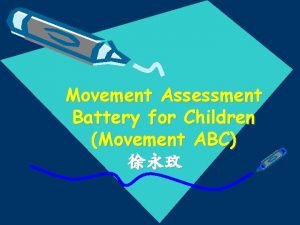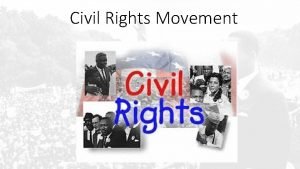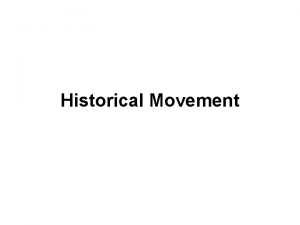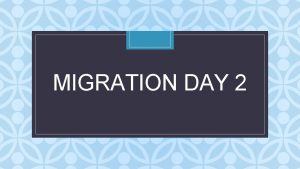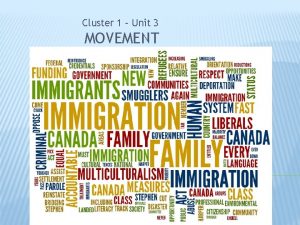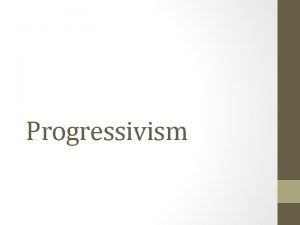Chapter 6 Lesson 2 STRUCTURE MOVEMENT AND CONTROL













- Slides: 13

Chapter 6 Lesson 2 STRUCTURE, MOVEMENT AND CONTROL

Essential Questions • How does the body move? • How does the body respond to changes in its environment?

New Vocabulary �Lymphocytes �Immunity �Compact Bone �Spongy Bone �Neuron �Reflex �Hormone

Parts of Blood (ADD TO LAST NOTES) �Plasma – the liquid part of blood Contains nutrients and allows transport of other blood cells �Red Blood Cells – carry oxygen �Platelets – help the body heal �White Blood Cells – help the body defend against toxins and diseases �Blood Types – A, B, AB, O Different people have different proteins on the surfaces of their blood cells which is why there are different types.

Human Blood Types

Lymphatic System �Parts: Tonsils Spleen Thymus Bone Marrow Lymphocytes Lymph nodes � 3 Main functions: Remove excess fluids around organs Produce white blood cells to fight infections Absorb and transport fats �Maintains fluid homeostasis

Lymphatic System �Fluid that travels through the lymph vessels flows into organs called lymph nodes Protects the body from toxins, wastes, etc. �Lymphocytes: type of white blood cell that are made in the thymus, the spleen, and bone marrow. Circulatory system transports them throughout the body Immune cells attack and destroy viruses, bacteria, and other substances. �Immunity: protection from infection or toxins

Immunity �Humans make billions of different types of antibodies (remember the movie!) Infectious diseases – caused by pathogens � Are contagious � Example: bacteria and viruses Noninfectious disease – caused by the environment or a genetic disorder

Lines of Defense � 1 st line of defense: The skin and mucus which prevent toxins and other substances from entering the body � 2 nd line of defense: The immune response in which white blood cells attack and destroy harmful substances � 3 rd line of defense: The immune cells which makes antibodies that destroy harmful substances

The Skeletal System �Functions: Protects internal organs Provides support Helps the body move Stores minerals (Like calcium) �The skeleton also contains: Ligaments – connect bone to bone Tendons – connect muscle to bone Cartilage Bones

Bone Types �Compact bone – hard outer layer of the bone �Spongy bone – interior region that contains many tiny holes (like a sponge) �Bone marrow – Makes white blood cells (part of the lymphatic system)

Muscular System � 3 Types of Muscle Tissues: Skeletal muscle - Works with the skeletal system and helps you move Cardiac muscle – Only found in the heart �Continually contracts and relaxes to move blood throughout the body Smooth muscle – Only found in organs (such as the stomach and bladder) �Blood vessels also have smooth muscle surrounding them to control blood flow

 Structure movement and control answer key
Structure movement and control answer key Support control and movement lesson outline
Support control and movement lesson outline Non movement area
Non movement area Chapter 15 lesson 3 the women's movement
Chapter 15 lesson 3 the women's movement Enumerate the locomotor and axial movements?
Enumerate the locomotor and axial movements? Air movement and control association
Air movement and control association Chapter 1 lesson 1 your total health lesson 1 quiz answers
Chapter 1 lesson 1 your total health lesson 1 quiz answers Lesson 5 staff and support agencies
Lesson 5 staff and support agencies The progressive movement lesson 3 the wilson years
The progressive movement lesson 3 the wilson years Product control and process control
Product control and process control What is a positive and negative control
What is a positive and negative control Error control and flow control
Error control and flow control Chapter 13 section 3 farmers and the populist movement
Chapter 13 section 3 farmers and the populist movement Farmers and the populist movement chapter 5 section 3
Farmers and the populist movement chapter 5 section 3
